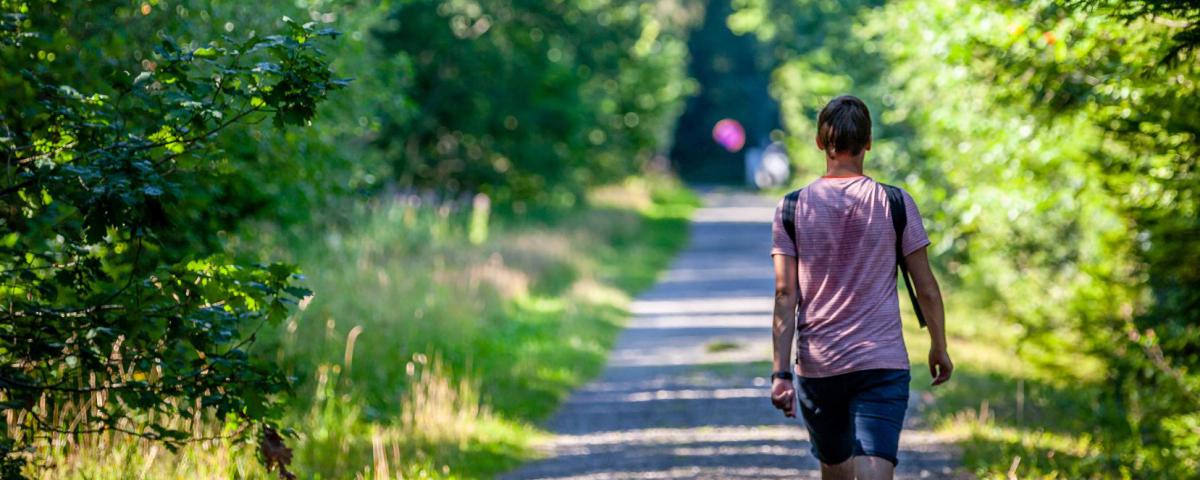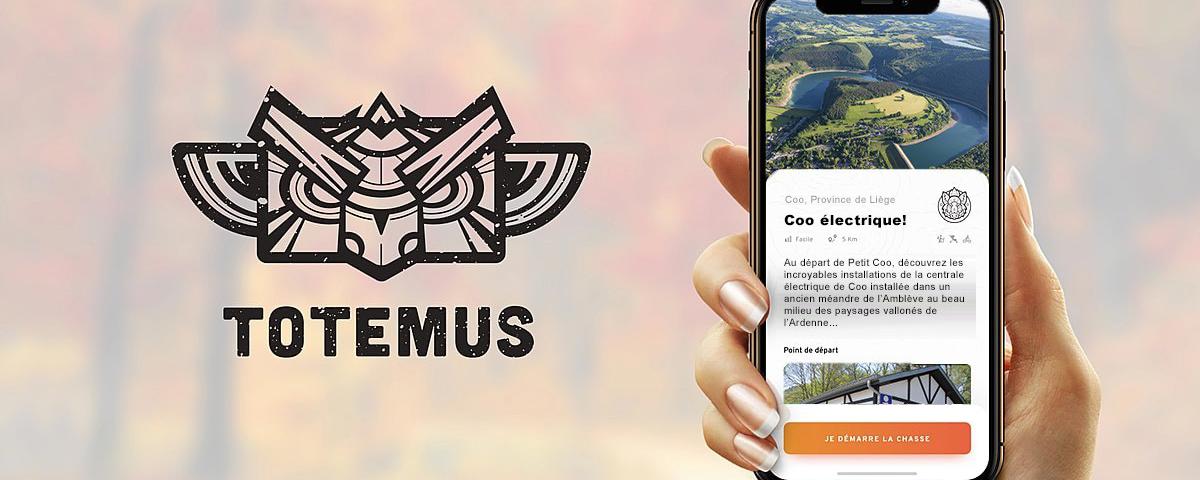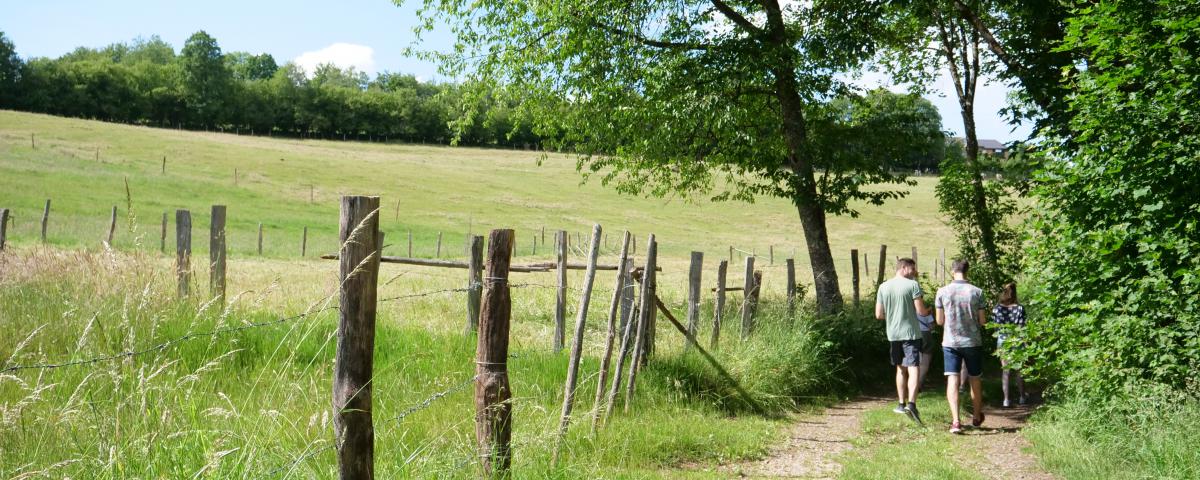Our Villages
Authenticity…
Some twenty villages and hamlets with authentic charm are part of the current town of Stavelot.
Some have - or have had - their own church or chapel and thus formed small, closed communities until the beginning of the 20th century. In this way, they have been able to retain their rural Ardennes character up to the present day: featuring grouped housing, typical constructions, mainly farms, and even sometimes with their folklore.
CHALLES
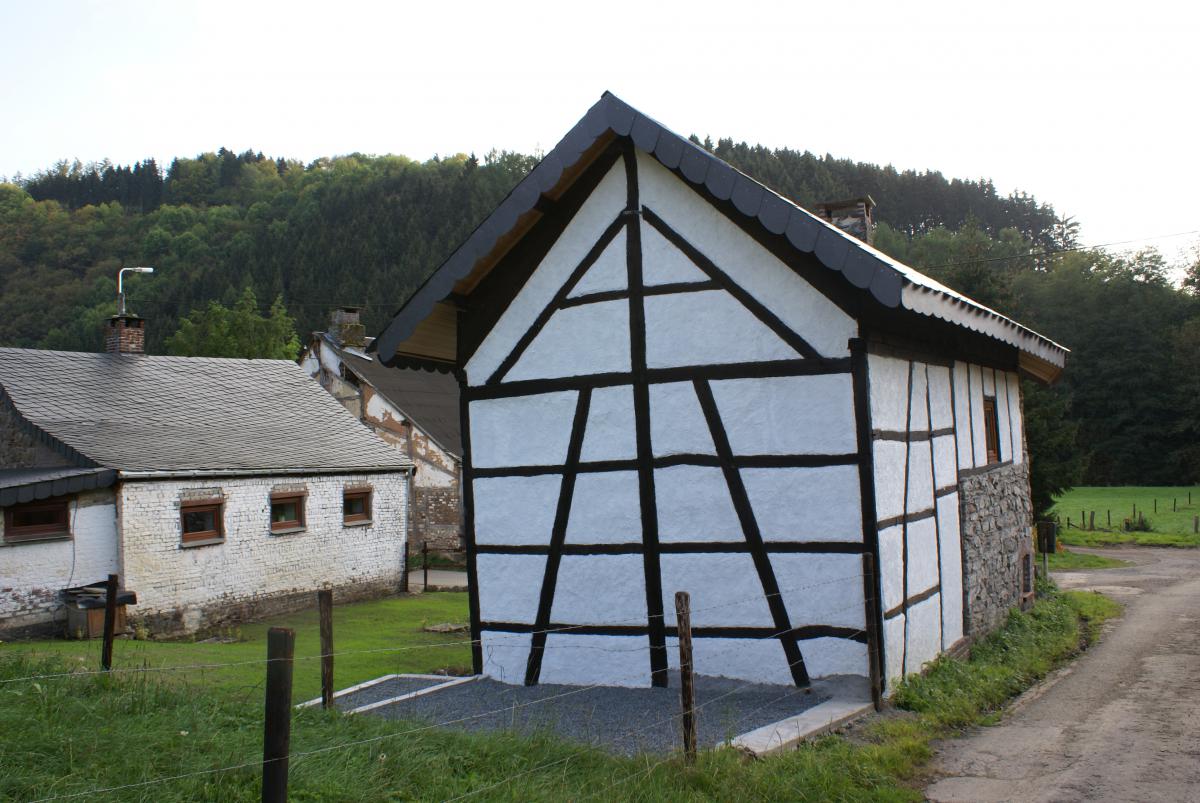 A picturesque hamlet with old farms at the confluence of the Amblève and the Eau Rouge. A little further on is the classified site of the Roches de Challes bridge (1891). The Promenade de la Passerelle is one of the oldest and most dearest for the people of Stavelot.
A picturesque hamlet with old farms at the confluence of the Amblève and the Eau Rouge. A little further on is the classified site of the Roches de Challes bridge (1891). The Promenade de la Passerelle is one of the oldest and most dearest for the people of Stavelot.
WAVREUMONT
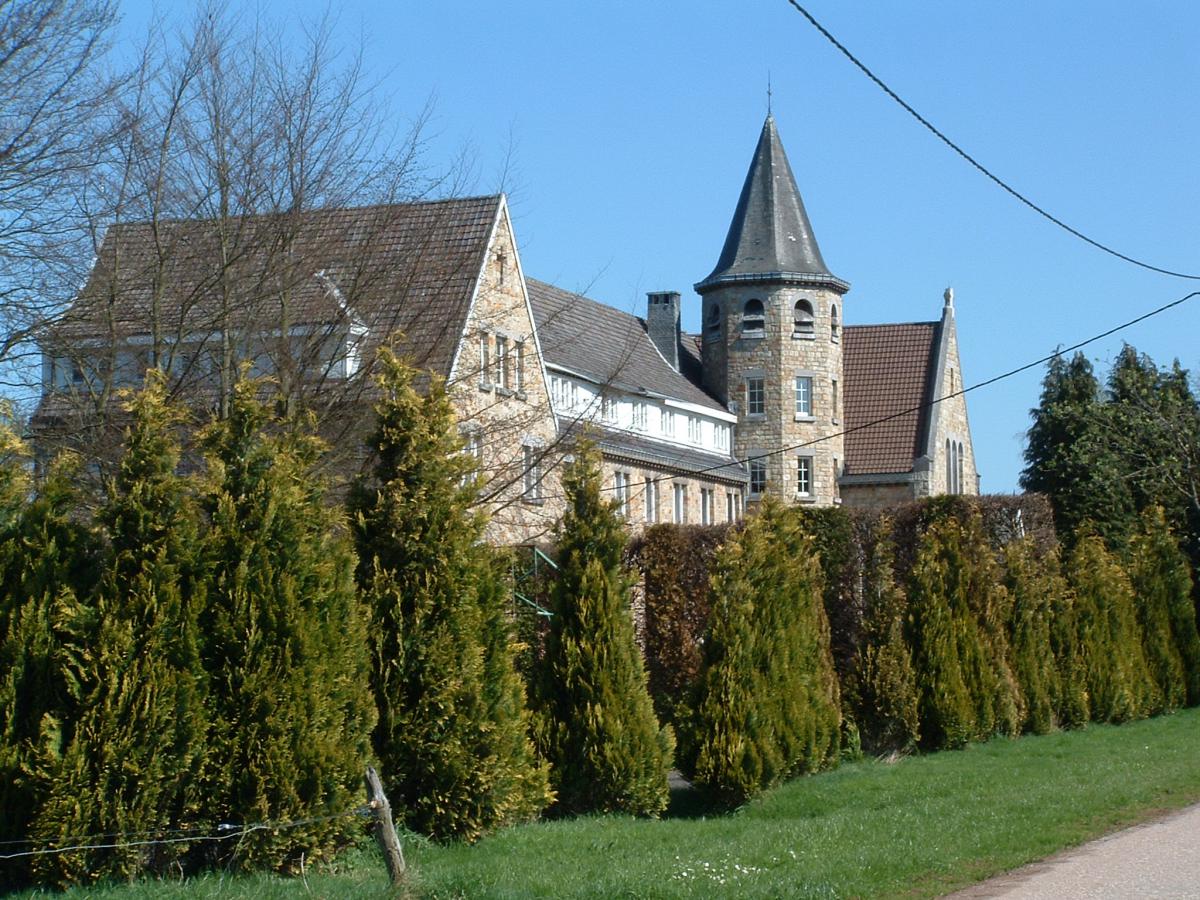 The Saint-Remacle Benedictine Monastery, founded in 1950, is very symbolically located halfway between the old sister abbeys of Stavelot and Malmedy.
The Saint-Remacle Benedictine Monastery, founded in 1950, is very symbolically located halfway between the old sister abbeys of Stavelot and Malmedy.
Some typical farmhouses, a castle-farm with peristyle columns and old markers that recall the border between Belgium and Prussia from 1815-1919.
Beautiful landscape over tens of kilometers.
CHENEUX, MASTA ET RIVAGE
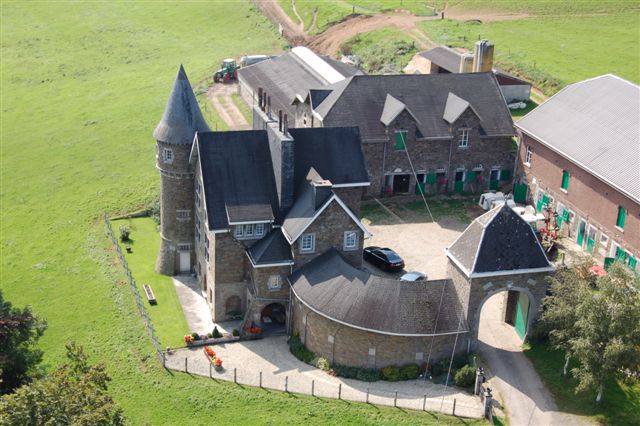
Villages located inside the old Francorchamps racetrack. Beautiful Ardennes buildings of interest for their architectural quality: a castle-farm, half-timbered houses ....
LA VAULX-RICHARD, LODOMEZ, BEAUMONT ET FRANCHEVILLE
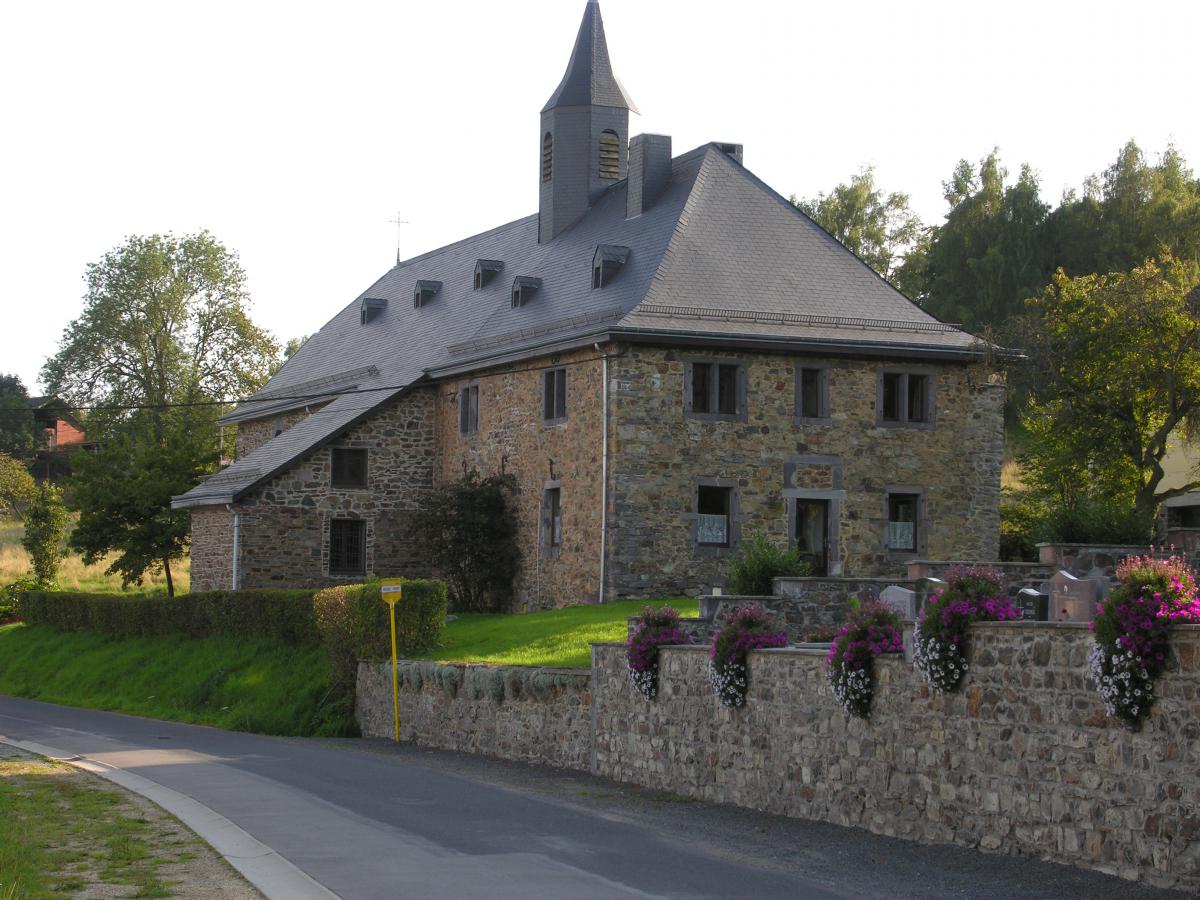
On the northern slope of the Amblève, these first three hamlets marked the bloody route of German troops in 1944 and suffered heavily. Some old farms have survived, however.
The village of Francheville - 580 m high - is dominated by the 18th century Saint-Felix church complex, and its presbytery.
All along the route of these hamlets are magnificent panoramas on the valley of the Amblève.
PARFONDRUY, RENARDMONT ET STER
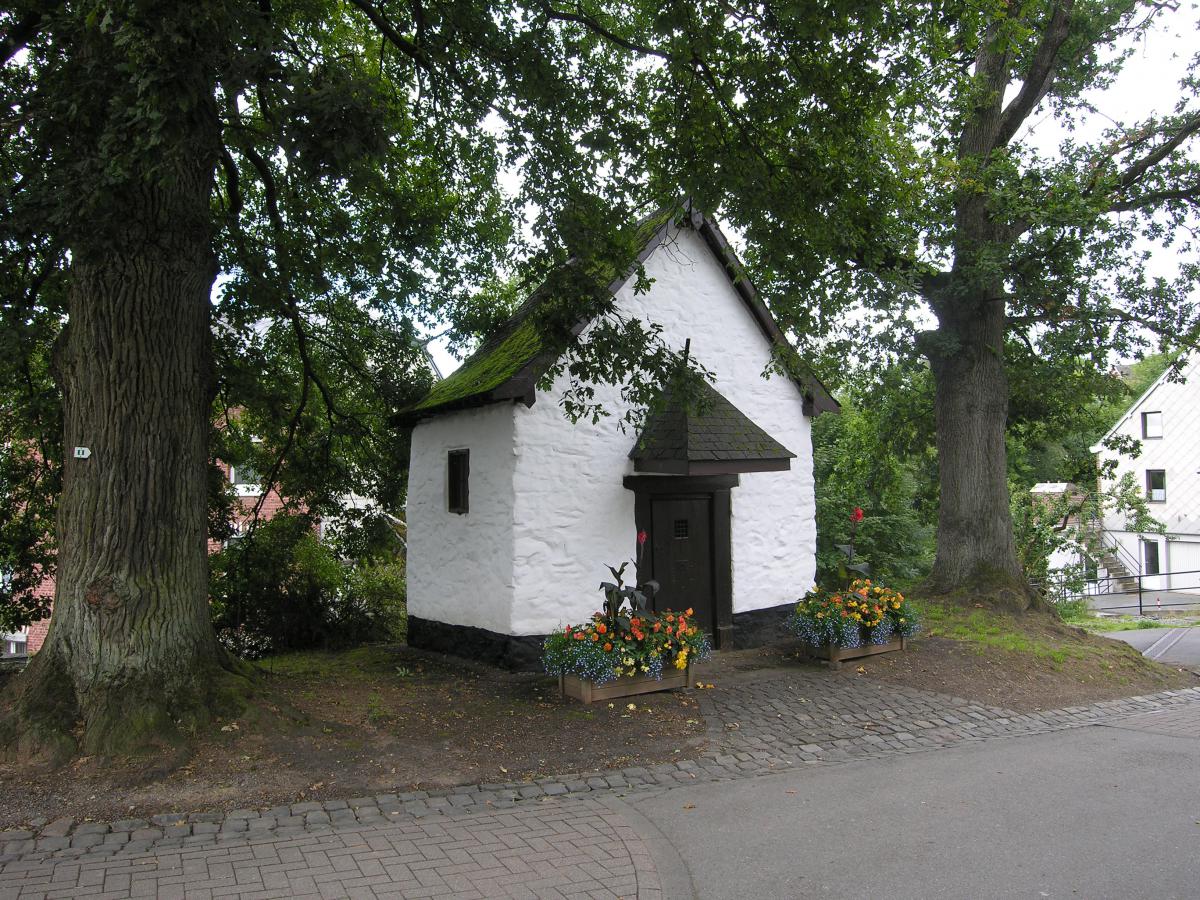
The village of Parfondruy owes its name to the brook "porfond ru". It features a pretty little chapel St. Lucia built in 1629. Memorial steles recall the massacres of 1944. Higher up from the hamlets of Renardmont and Ster, the panoramas on the Amblève valley are breath-taking.
COO
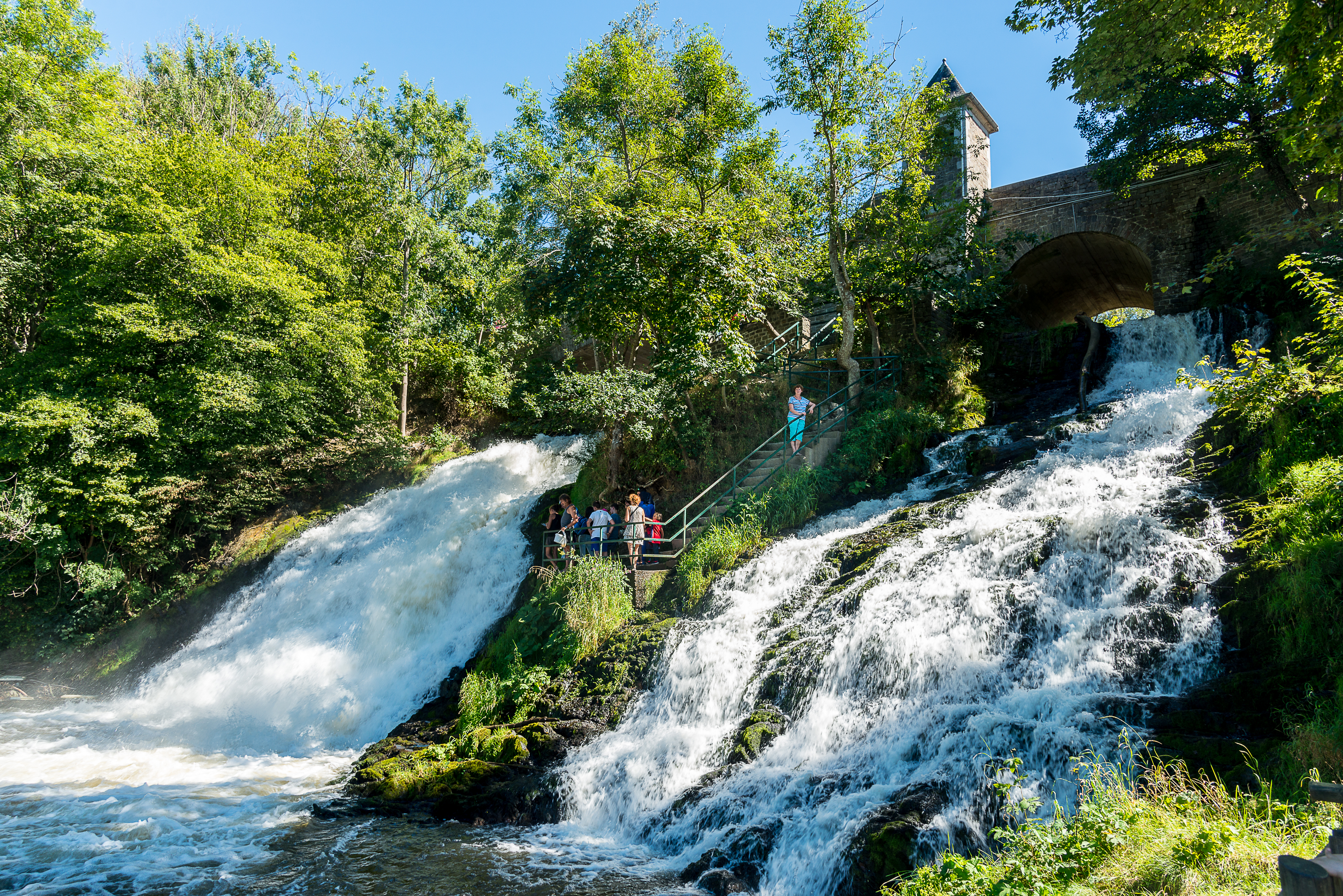
Located around the most important natural waterfall in Belgium and perfectly integrated with the surrounding landscape, the village of Coo is an important recreation centre with a lot of entertainment for young and old: it features the Plopsa theme park, a chairlift, the lower lake of the hydroelectric power station, paragliding and other adventure sports.
Coo waterfall
FRANCORCHAMPS, NEUVILLE ET STER
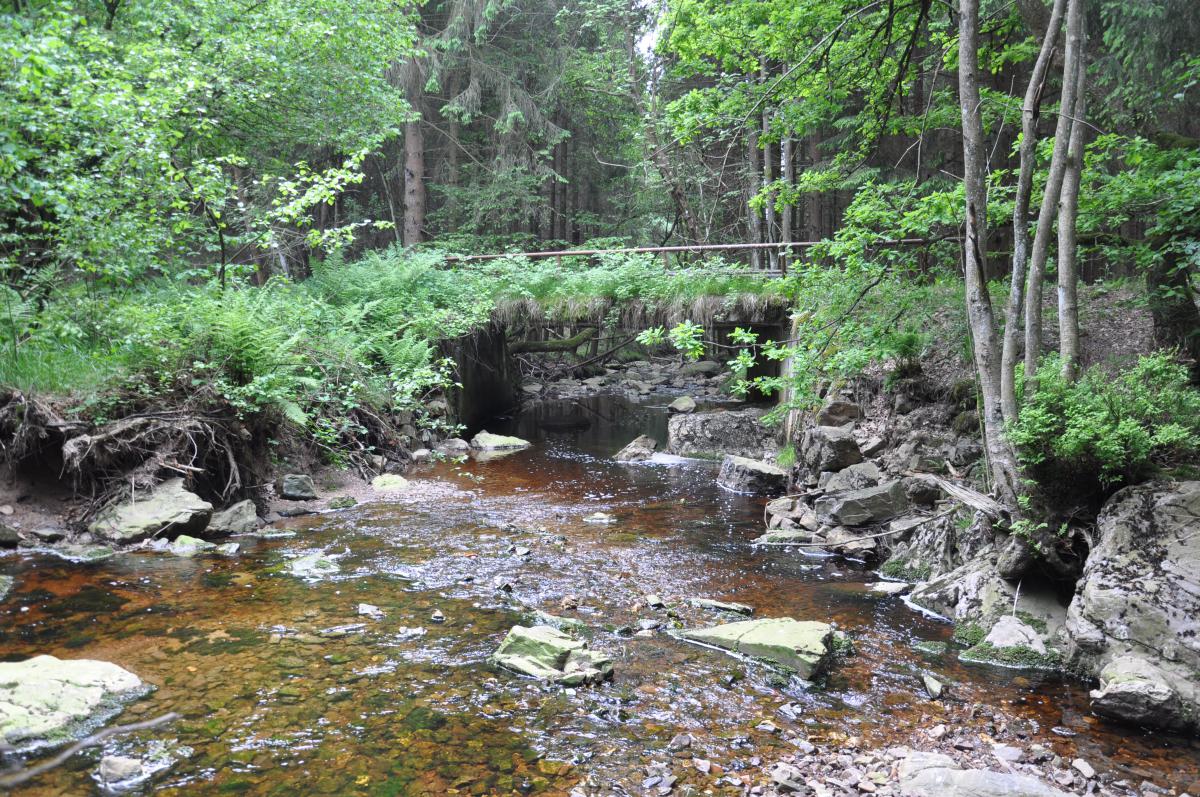
At the heart of the Eau Rouge valley is "the most beautiful racetrack in the world". Every year it hosts important international motor-racing competitions.
Located between Francorchamps and Neuville, there is also the beautiful valley of Roannay, ideal for walks in the forest.
In Ster, you can admire the magnificent farm building Harse and many old houses, as well as the original Chapel Saint-Christophe dedicated to motorsport drivers.
HOCKAI
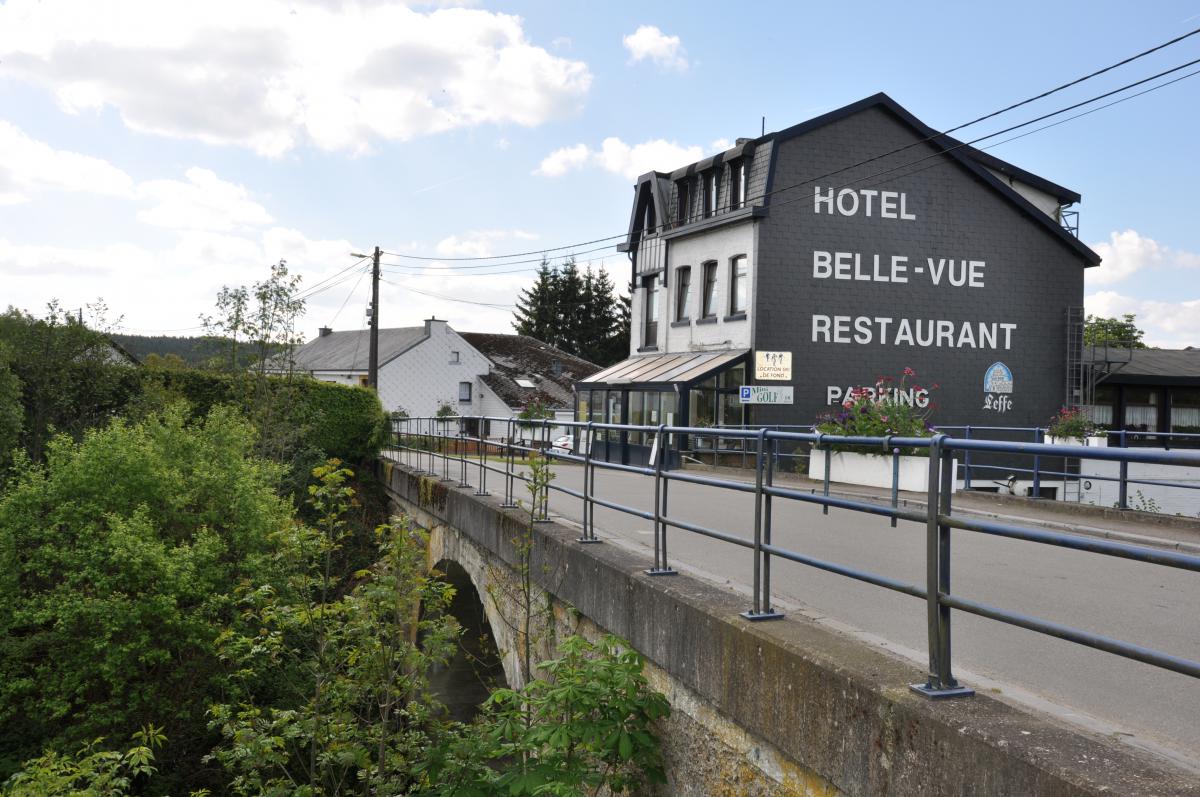
Hockai, gateway to the Natural Park of Hautes Fagnes-Eifel, is an important meeting point for hikers and, in winter, cross-country skiers. The Centenary Bridge invites you to walk along the Hoëgne ... The church is dedicated to Saint Donat.






